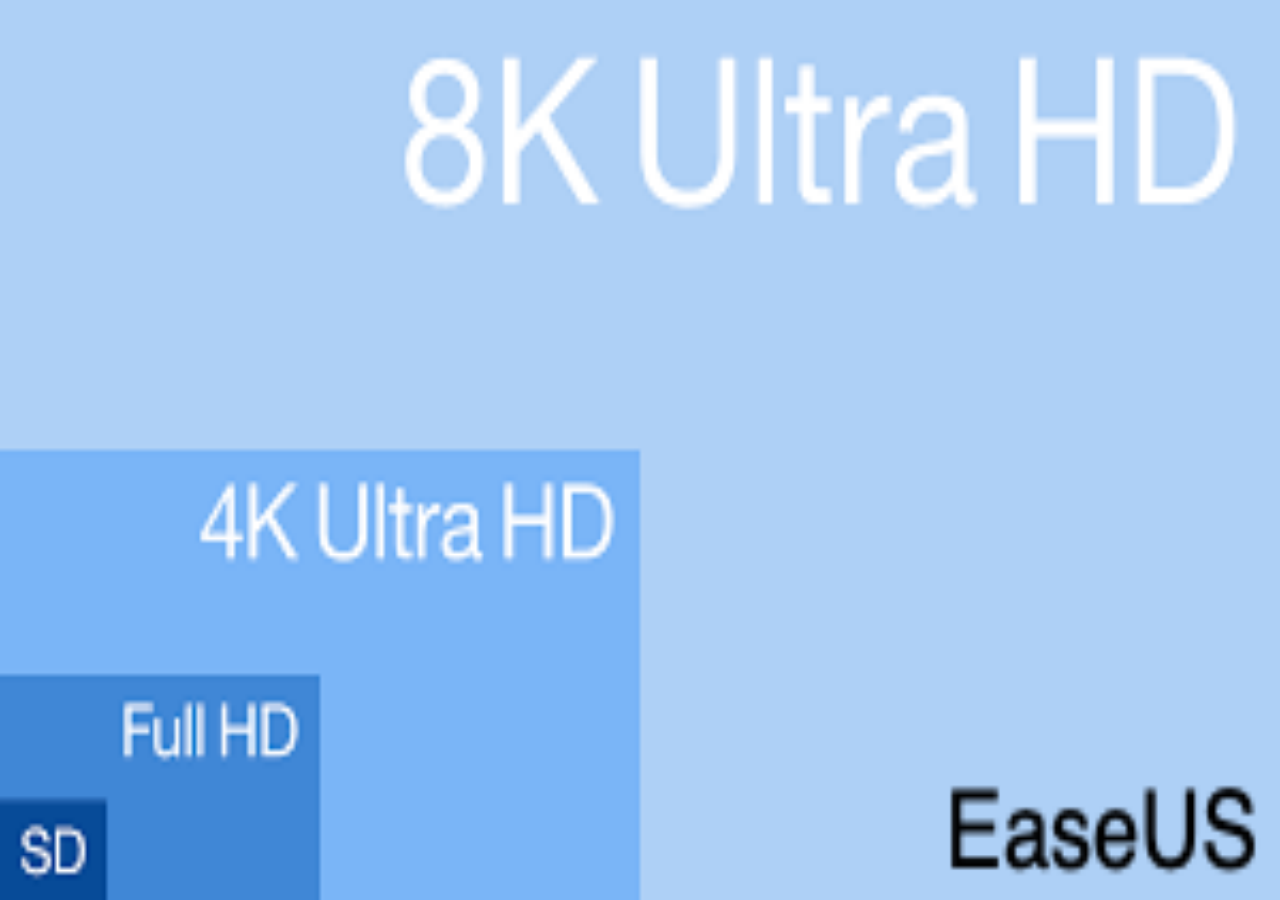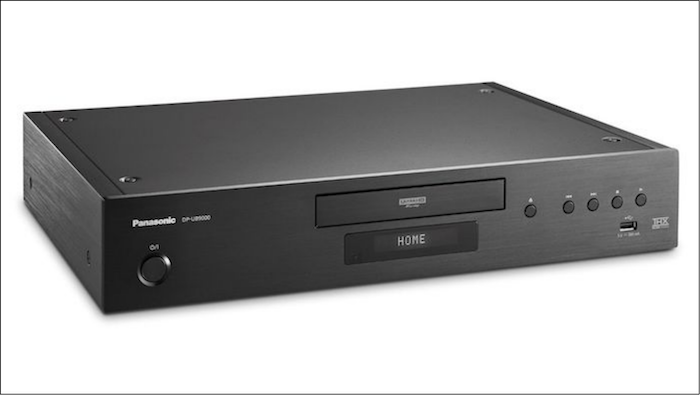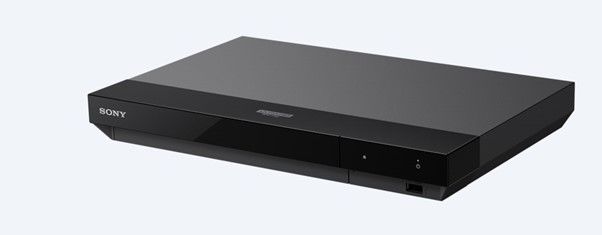What Is 4K Ultra HD [All You Need to Know]
Full-4K Ultra HD has become the new standard, replacing Full HD, which was previously the norm. Many modern TVs and monitors now feature 4K resolution, regardless of their size, making it a widely available and desirable feature.
4K refers to a display resolution of 3840 x 2160 pixels, which is four times the resolution of a standard Full HD display. This means that 4K devices can show more detailed and sharper images, making them ideal for watching movies, playing games, and viewing photos. In practical terms, 4K devices can provide a more immersive viewing experience, with clearer text and more vivid colors. They are also suitable for applications that require high-resolution displays, such as video editing and graphic design. Overall, 4K devices offer a superior visual experience compared to standard Full HD displays.

What Is 4K Ultra HD?
4K resolution refers to a display with a horizontal resolution of exactly 4,000 pixels, and is used in digital broadcast and filmmaking with various resolutions.
4K Ultra HD has four times the resolution of Full HD, allowing 8 million pixels to fit in the same area as 2 million on a Full HD TV, enabling features like HDR on most modern TVs.
4K resolution is not necessary on smaller screens, as the additional pixels have a bigger impact on larger screens, making 4K TVs with screens less than 40 inches relatively rare.
What Is 4K Ultra HD Used for?
4K Ultra HD has several uses as listed below:
- With 4K, there are four primary resolution standards for home use: SD (480p/540p), HD (720p), FHD (1080i/p), and UHD (2160p).
- 4K Ultra HD resolution is a minimum of 3,840x2,160 pixels, equivalent to two 1080p displays, and is now the standard for all 4K televisions.
- 4Kx2K, also known as 4K or Ultra High Definition, is a resolution used by some projectors and many professional cameras, featuring 4,096x2,160 pixels.
- Professional photographers often use cameras with 4k resolution to achieve better results.
What Are the Advantages and Disadvantages of 4K Ultra HD?
4K Ultra Technology has brought about improved picture quality, increased detail, and enhanced visual experience. However, it also requires more powerful hardware, higher storage capacity, and increased bandwidth, which may not be feasible for all users.
Pros of 4K Ultra HD:
- The latest TV visual technology.
- Its image quality is unmatched
- Samsung, Sony, LG, and Panasonic make them.
- 4K TVs can upscale lower resolutions like HDTV and Blu-ray to near 4K quality. However, there are currently no 4K TV channels.
- The visual quality of virtual reality (VR) experiences is comparable to that of 3D, but without the need for special glasses.
Cons of 4K Ultra HD:
- As a new idea and product, the first ones are pricey.
- Broadcasters may worry that not enough people will watch a 4K TV channel, since it costs five times as much as an HD channel.
What Is the Future of 4K Ultra HD?
4K TVs have been around for a while, and some people still use 1080p. The next step up is 8K, which requires new technology to work properly.
8K resolution is better than 4K, with 7,680 by 4,320 pixels, four times as many pixels as 4K, but the world is not yet ready for this transition, which may take 2 to 4 years.
Recommendation of 4K Ultra HD Players
The top 4K Ultra HD Blu-The best 4K Ultra HD players for a cinematic experience prioritize image quality, with 4K Blu-Rays offering superior visuals, but also consider the importance of building a movie library, and here are 5 top products to consider.
1. Panasonic DP-UB9000
The DP-The Panasonic DP-UB9000 is a top-of-the-line 4K Ultra HD Blu-ray player that's perfect for those with high-end TVs. It's a well-made, feature-rich, and premium device that supports various high dynamic range (HDR) formats, including HDR10, HDR10+, HLG, and Dolby Vision.

2. Panasonic DP-UB820
The Panasonic DMP-The UB820 is a mid-range 4K Blu-ray player that offers a wide range of visual features, including complete compatibility with HDR.
3. Sony UBP-X700
Sony UBP-The X700 is a budget-friendly 4K Blu-ray player that delivers impressive performance at an affordable price, offering detailed images and a lively performance.

4. Reavon UBR-X200 4K Blu-ray Player
For those looking to splurge, consider the Reavon UBR-X200, a high-end 4K Blu-ray player with a sleek design and military-grade build quality.
5. Sony UBP-X1100ES
UBP-The X1100ES supports playback of 3D Blu-ray, SACD, and DVD-Audio formats, and is also compatible with HDR10 and Dolby Vision.
Conclusion
With 4K Ultra HD becoming the norm, it's a good time to consider upgrading to a 4K TV, as you can be sure it will be future-proof and priced reasonably, with even budget options available in 4K HDR compatibility.
Related Articles
- CPU Comparison Guide: Compare and Choose the Best CPU in 2022
- What Is A LUN? Logical Unit Number Explained
- 0xC1900101 Error in Windows Update, Cannot Install Windows 11 [FIXED]
- How to Boot Surface from USB? [Efficient Information]